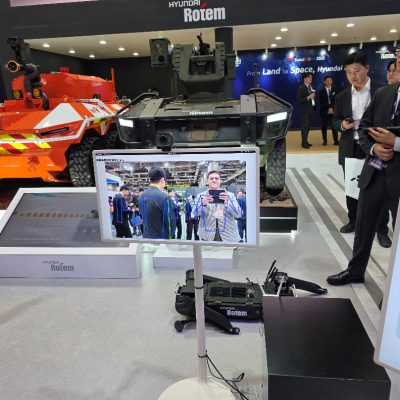By: Professor. Satoshi Ikeuchi, Professor, Global Security and Religion, University of Tokyo.
TICAD 7, The Tokyo International Conference on African Development (TICAD), was held in Yokohama from August 28th to 30th. TICAD is held once in three years in the port city of Yokohama.
Even though the overall aim of this conference is assistance to African nations’ development, Japan’s strategy behind it attracts attention. Media reports focus on how Japan’s vision for the Free and Open Indo-Pacific (FOIP) was played out in this conference.
At the previous round of the conference, TICAD 6, which was set occasion extraordinarily in Nairobi, Kenya in August 2016, Prime Minister Abe launched a vision of “Free and Open Indian Pacific.”
Concrete substance aside, “Indo-Pacific” has been the diplomatic buzzword recently. Who has invented this very vague idea connecting a vast area from Pacific Ocean to the Indian Sea?
As often said, “Success has many fathers, failure is an orphan.” Happily, there are many originators.
Some say in Japan, the roots of this idea go back to the first and short Abe Cabinet of 2006-2007 when Japan’s foreign policy vision was branded as “Arc of Freedom and Prosperity.”
The United States now fully owns this terminology. United States Pacific Command (USPACOM) was renamed to U.S. Indo-Pacific Command United States Indo-Pacific Command (USINDOPACOM) on 30 May 2018. In the Pentagon, Mr. Randall Schriever is the Assistant Secretary of Defense for Indo-Pacific Security. U.S. State Department’s Bureau of East Asian and Pacific Affairs proclaims its mission as to “promote a free and open Indo Pacific region.”
Australia has taken up the idea of Indo-Pacific area in its defense policy white paper in 2013.
These ideas have much in common and overlaps each other, but a major difference is the area covered. In the U.S. and Australian visions of the “Indo-Pacific” strategy, the Middle East is not included, needless to say Africa. The reason is the division of military commands.
Free from any military involvements or hostile relations in the Middle East and East Africa, Japan’s Free and Open Indo-Pacific vision freely encompasses the vast regions of Asia-Pacific, the Middle East and the East Africa.
Their stances to China may differ slightly. China’s Belt and Road Initiative (BRI) is a cause of concern, but the relationship is not necessarily hostile or competitive. Japan and China do have many conflicting interests in the East China Sea and the South China Sea, but in the purpose of securing the safety and prosperity of Middle Eastern and African development, there are convergence of interests and rooms for cooperation.





